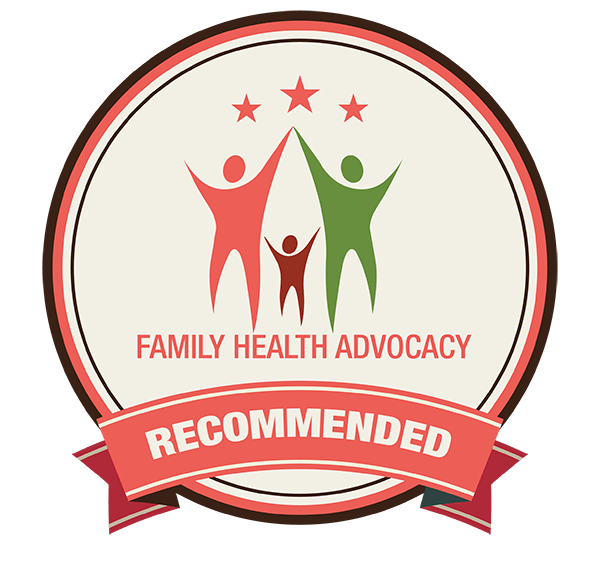Conventionally grown, non-organic fruits and vegetables almost always contain pesticides. Many people have switched to an all-organic or nearly all-organic diet to avoid putting these toxic chemicals in their body. However, eating organic isn’t always easy.
Sometimes, it’s hard to find your favorite fruits and vegetables in the organic form. Other times, it’s hard to rationalize spending the higher price for the organic item. Here’s a look at the fruits and vegetables with the highest amount of pesticides and the lowest amount of pesticides when grown conventionally.
Highest Levels of Pesticides
The foods on this list should be avoided at all cost, unless bought organic. These fruits and vegetables contain the highest levels of pesticides. Every year, the Environmental Working Group, a non-profit advocate for the environment, publishes a list of the foods containing the highest levels of pesticides. This year’s list includes:
- Strawberries
- Celery
- Peaches
- Grapes
- Cherries
- Tomatoes
- Cherry Tomatoes
- Cucumbers
- Apples
- Nectarines
- Cherries
- Sweet Bell Peppers
Strawberries may be the worst on the list. An article published on the EWG website stated, “Nearly all strawberry samples – 98 percent – tested by federal officials had detectable pesticide residues. Forty percent had residues of 10 or more pesticides and some had residues of 17 different pesticides.”
Lowest Levels of Pesticides
The foods with the lowest levels of pesticides were also published as a list by EWG. This list contains foods testing positive for four or less types of pesticide and many for one or less. The list includes:
- Avocados
- Pineapples
- Sweet Peas (frozen)
- Mango
- Kiwi
- Asparagus
- Onion
- Sweet Corn
- Cabbage
- Cauliflower
- Papaya
- Honeydew Melon
- Eggplant
- Grapefruit
- Cantaloupe
All of these foods are relatively safe to buy in their conventional form.
Harm of Pesticides
Pesticides have been linked to many issues in the human body. Remember, these are poisons used to kill bugs and other pests. If you were to buy a pesticide for your own garden, you’d quickly realize these products are littered with warnings.
Pesticides may cause many illnesses in humans. They have been linked to headaches, nausea, reproductive harm, endocrine disruption and even cancer. Avoiding foods laced with pesticides is one of the best ways to keep your body clean and healthy.
Using this List for your Diet
The best way to incorporate this list of foods into your diet, if you’re trying to eat organically, is to print it out and take it grocery shopping with you. If the food is listed on the high pesticide list only buy it in the organic form. If it’s on the low pesticide list, buy it in either the organic or conventional form.
This list will also become very handy when you create your grocery list. If you don’t want to refer to the list at the grocery store, simply mark an “O” next to the items you MUST buy in organic form. This will give you a quick reference at the store to ensure you’re not buying produce covered in poison.



